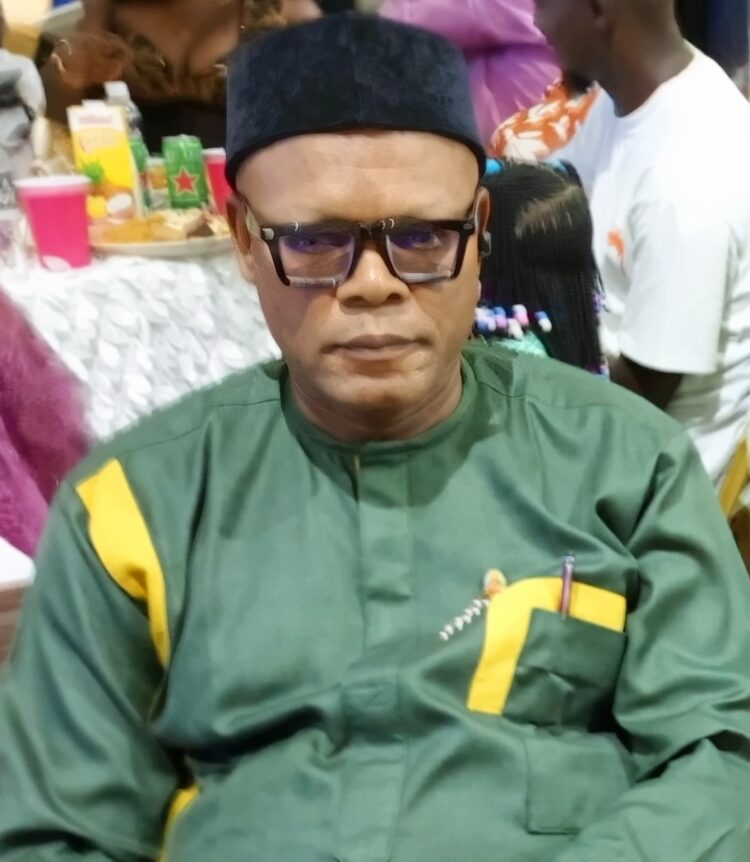Comrade Festus Alenkhe, the Chairman of the Edo State Council of the Nigeria Union of Journalists(NUJ), has charged that “to remain relevant in the era of AI(Artificial Intelligence), journalists should leverage AI technologies and adapt to the changing media landscape.”
He made the charge in a paper he presented during the 2024 Press Week of the Department of Mass Communication of the Edo State Polytechnic, Usen recently.
Represented at the occasion by Comrade Andy Egbon, the Secretary of the Council, Comrade Alenkhe said: “AI has given rise to what is called deepfake which can be considered as a form of fake news. Deepfake is the phenomenon of creation of realistic digital products and a plethora of videos have emerged out of it. Some of the widespread applicability of AI is evidenced in self driving cars, super human performance in games, intelligent robots etc.
“Deepfakes are specific application of AI that involves creating manipulated or fabricated contents, usually in the form of images, video or audio recordings. It is a narrow application of AI that generates AI techniques to create convincing fakes that can be used to mislead people
“Recent examples of deepfakes in Nigeria highlight the growing challenge of AI-powered disinformation. A significant instance involved a deepfake video of Peter Obi, a prominent political figure and the Labour Party’s presidential candidate in the 2023 general election. In this fake video, Obi appeared to endorse policies that contradicted his public stance, leading to confusion and potential damage to his reputation.
“This incident underscores how deepfakes can be weaponized to influence public perception and political outcome. Moreover, deepfakes have been used in other parts of the world for political manipulation, showing the broader context of this technology’s impact.”
Going further, he averred: “The proliferation of deepfakes raises significant concerns about the integrity of information, especially during election periods. Efforts are being made globally to detect and mitigate the effects of these falsified media, but the technology’s rapid advancement poses ongoing challenges.
“When the sophisticated capabilities of Deep Learning are applied, images, texts, and voices can be created or altered in a highly realistic way. As such, Deep Learning has also enabled the creation of fake texts, fake voices, fake videos, fake photos all of which may at first look genuine and realistic while they are not.
“AI has demonstrated recently the capability of creating realistic fake video as it can, for example, take an existing video and superimpose a person’s photo on the face of the main character or alter the voice of someone to say or do things that do not adhere to reality and were never performed.
“Some technological capabilities have the potential to reshape the digital media, while the societal implications could also be severe as they undermine the public confidence on what is seen, heard and eventually believed to be true.”
According to him, “Overall, while AI presents both challenges and opportunities for journalism, it is clear that AI will continue to play roles that are fundamental in news gathering, production and dissemination in the coming years.
“However, the use of AI in journalism practice raises ethical concerns around transparency, accountability, and the potential for bias in automated systems.”
Alenkhe was of the view that “the impact of AI has been both promising and overhyped. It has been a timeless force shaping the landscape of journalism even with the recent surge of various generative AI tools, such as ChatGPT, Zapier, DALL-E, Bard and more.
“With fears of job loss due to automation, Journalists will need to develop new skills like AI literacy to adapt to these changes and work alongside AI systems. Media organisations must develop policies for AI use and ensure transparency and ethical implementation.
“Newsrooms on their part must proactively address the ethical and practical implications to ensure AI is used responsibly to enhance journalism. Newsrooms also need to develop clear guidelines and policies to mitigate these risks.”















Discussion about this post